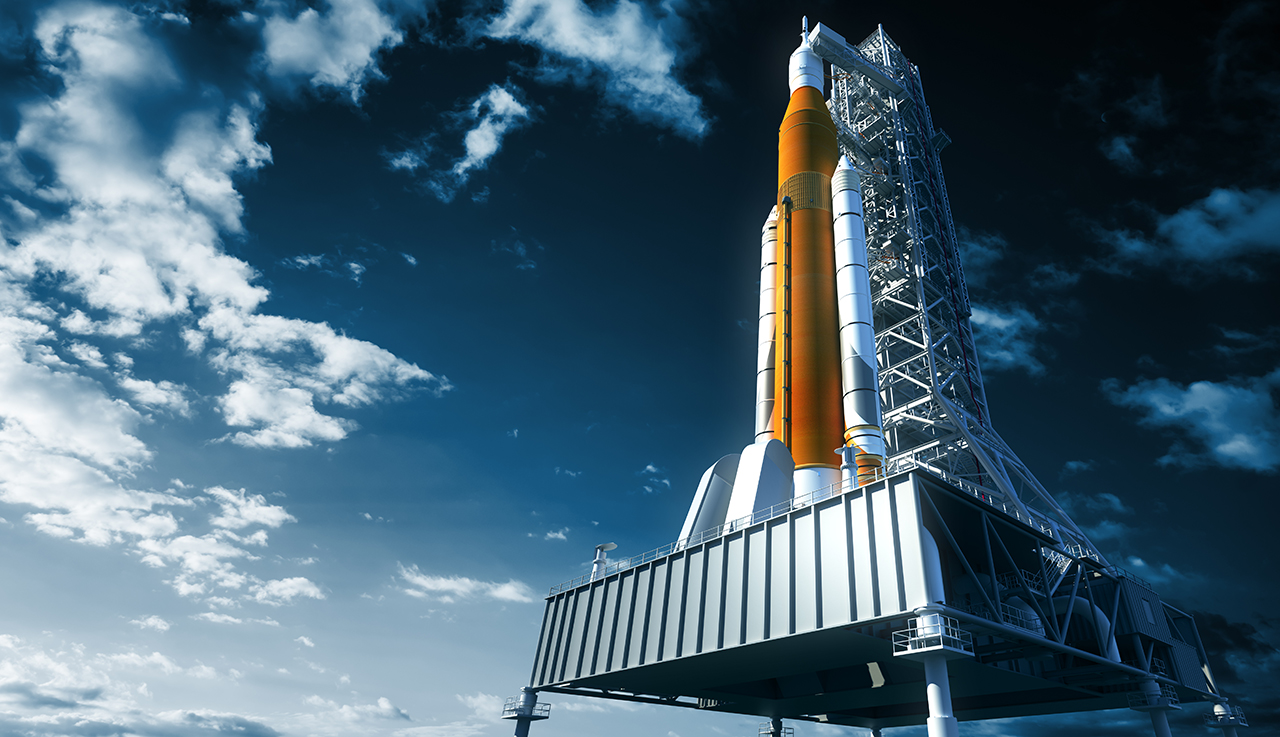Using Artificial Intelligence (AI) on ASTM standards and related intellectual property is prohibited. Violations will result in suspension of access.

By Rylee Kelly
Aug 07, 2025
Spaceflight continues to fascinate the public. From Neil Armstrong's historic walk to singer Katy Perry traveling to space, many are wondering what is next for the commercial spaceflight industry. In the latest episode of ASTM International’s “Standards Impact” podcast, host Dave Walsh, editor-in-chief of Standardization News, talks to Michael López-Alegría, chief astronaut with Axiom Space, and Christopher Ferguson, principal at the Pensky Group. Dave, Michael, and Christopher discuss the current state of commercial spaceflight, where the field is headed, and ASTMs commercial spaceflight committee (F47).
EXCERPT:
David Walsh: So we've been kind of flirting with this idea the whole time, but when we look to the future of the field specifically, I would wonder where do you each see the field in the next 10, 20, 30 years? We usually ask this of our podcast guest, but in this case it's, it's going to be a little more interesting than most I think, because you've got the idea in people's heads of colonizing Mars and going to the ends of the cosmos. But will the progress be slower and steadier than that? Where do you see things going in the next few decades?
Chris Ferguson: Mars is interesting, you know, but as long as I've been in this business, Mars has always been 20 years. In the future, that may not be the case today. You look at companies like SpaceX that have very specific objectives to get there. Now it sort of depends on what getting there means. You know, do we want to go into Martian orbit? Do we want to land on a Martian moon? Do we want to go down to the surface that could be a longer timeline? We've got some challenges that we have to wrestle to the ground along with going to Mars, like that transit through, I would call it interstellar space and the challenges of intergalactic cosmic radiation, you know, there's some problems out there we haven't quite solved yet. You know, personally, I'm looking forward to what is it going to take to use in-situ resources on the surface of the moon to build ourselves a little home there? Are we going to mine water and create homes or at least pressure structures on the surface of the moon using something exotic like 3D structure printing? I mean, that is, I think the next step, if you will, that will really enable us to survive beyond the comfort of our own orbital sphere where the moon is only three days away. You know, just to sort of sum it up, I see Mars as potentially a place to go and hang out for a while in, in maybe 20 years as a species. I see the moon as a much shorter horizon, and I do see commercial entities entirely serving low earth orbit, which is really the stepping off point for those two destinations, both for human transportation to lower earth orbit and then cargo transportation to low earth orbit and beyond. And that's in the next 10 years.
Michael López-Alegría: I'll tell you, I have nothing to add, but maybe a little color. I completely agree with Fergie's opinion here. I, I may be even a little bit more pessimistic about Mars and it isn't just the radiation and some of the other challenges that he mentioned, but when you think about with today's propulsion, and I think that is the biggest lever that we have, is if we can come up with some other way other than, as I've heard been called the tyranny of the rocket equation to get to Mars, which today would take somewhere from six to nine months to get there, the same, to get back. And then are you just going to do a touch and go, or are you going to try to stay there for a long time? Those present enormous logistical challenges and reliability challenges when you think about the food, the water, the propellant, every consumable you can imagine for a mission that long, you either have to build an enormous spacecraft, which seems impractical at least by today's standards, or have a train of logistics that will precede such a mission. So I'm, I'm a little bit, um, not too bullish on Mars. I do think that the moon is a sort of intermediate future where we cannot just go there and do the so-called flags and footprints, but establish almost like an ISS International Space station type of laboratory there. I also think that it will be largely commercial, particularly if there ends up being a way to make money on the moon.